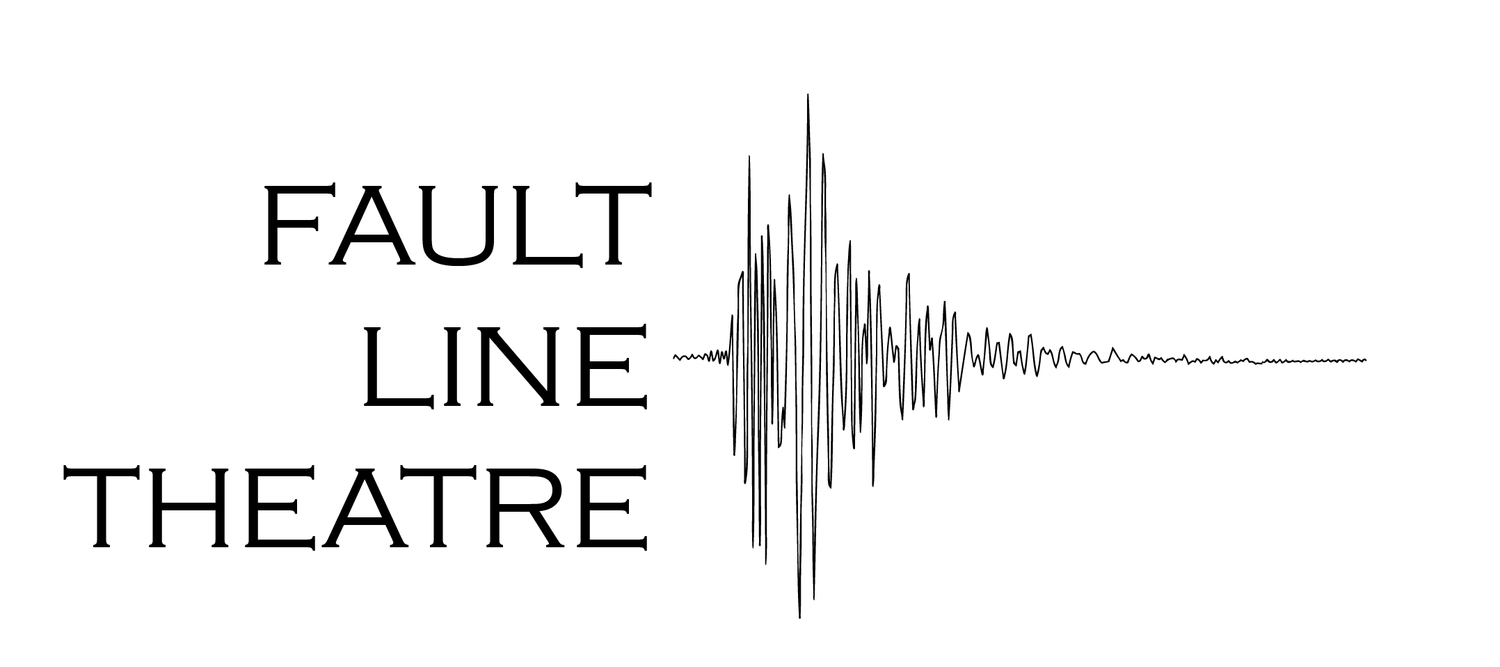Check out what The New York Times thought about our production of Bekah Brunstetter's The Oregon Trail.
‘The Oregon Trail’ Traverses Tough Terrain in Two Different Eras
By: Alexis Soloski
Being a teenage girl is the worst! The unrequited crushes, the cascading hormones, the constant threat of cholera. In Bekah Brunstetter’s “The Oregon Trail,” produced by Fault Line Theater, Jane (Liba Vaynberg), a 13-year-old in the 1990s, is playing the titular game — a wildly popular piece of edutainment software that taught a generation of kids about pioneer life — in her school’s computer lab.
Meanwhile, a century and a half earlier, another Jane (Emily Louise Perkins) prepares to traverse the country in a covered wagon. Both Janes are self-involved, a little whiny and burdened with a goody-goody big sister (Laura Ramadei). Only one of them has to worry about whether or not her team of oxen can ford the river.
The play, directed by Geordie Broadwater, is a feisty, formally inventive comedy. As Jane plays the game, the computer voice presents her with increasingly personal choices. Would she like to begin her journey in March, April or May? — “when the sun starts to smolder and your bangs stick to your face no matter what you do, and you are disgusting.”
Ms. Brunstetter, a writer for the NBC show “This Is Us,” has scripted earlier plays — “Be a Good Little Widow,”“Oohrah!”— that include characters who seem to act not according to their own whims and desires, but to set up the next joke. As a consequence the work has felt stilted and sometimes precious.
“The Oregon Trail” is a great improvement, particularly in its nifty first half-hour. In Ms. Vaynberg’s expressive hands, contemporary Jane’s sly humor and cringing embarrassment feel wonderfully real and raw, horrible and funny, as in her woeful description of the onset of menarche: “It’s like when your body starts to tell you the truth about your life.” Her encounter with Billy (Juan Arturo), a sweaty devil-may-care soccer player, is a wincing delight.
After that, the play makes a forward leap to Jane’s thwarted adulthood and becomes a more formulaic piece about whether it’s O.K. to indulge in suffering when you haven’t actually suffered anything. The parallels between pioneer days and the present become more pointed, and the language Ms. Brunstetter uses in the 1840s scenes, which is neither period-appropriate nor playfully anachronistic, starts to irk, as do the sorrows of present-day Jane, who should have been packed off to a therapist years ago.
“I watch too much TV,” this Jane complains. “Nothing is fair.” Well, at least she doesn’t have to worry if she’ll have enough venison to make it through the winter.

